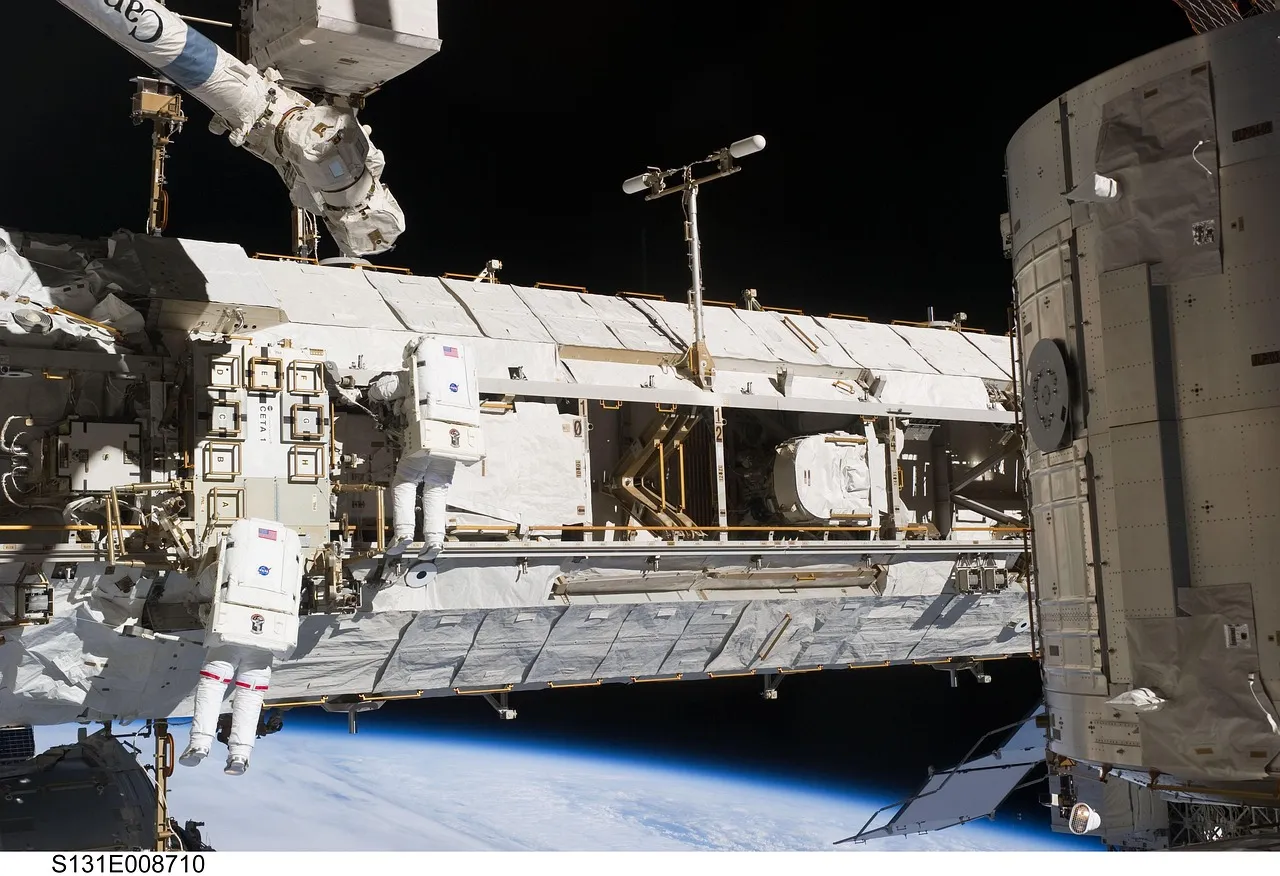The year 2025 marks a turning point in the evolution of space technology. No longer the sole domain of government agencies like NASA or Roscosmos, space is now a collaborative arena driven by public-private partnerships, academic research, and rising geopolitical interest. With advancements in quantum sensing, space resource extraction, military applications, and communication constellations, the race to innovate in orbit is more intense than ever.
This blog explores the most impactful trends shaping space technology in 2025, highlighting developments that will redefine how humanity explores, utilizes, and secures outer space.

Quantum Technology Takes Flight: A New Dimension in Earth Observation
One of the most groundbreaking advancements in space technology for 2025 comes from NASA’s recent announcement on April 15, 2025—the upcoming launch of the first-ever space-based quantum sensor. This pioneering mission marks a significant leap in how we observe and understand our planet from orbit. Unlike traditional satellites and sensing instruments, this quantum device is designed to perform ultra-precise gravity measurements, allowing scientists to detect even the most minute variations in Earth’s gravitational field.
This innovative sensor isn’t the product of one organization alone—it represents a collaborative achievement. Developed through a partnership between NASA, leading universities, and private sector companies, the project embodies the modern, cooperative model of space innovation. By merging academic expertise, commercial agility, and public-sector support, this initiative signals how next-generation space tools are being built today.
Applications That Could Change Our World
The implications of this quantum sensor go far beyond theoretical research. Its deployment will unlock new capabilities in Earth observation, with real-world applications across numerous fields:
- Climate Monitoring & Environmental Modeling
Quantum sensors will dramatically increase the resolution and accuracy of gravitational data, which in turn will refine our understanding of sea level rise, glacial movement, and climate-driven changes in mass distribution. -
Natural Disaster Forecasting
By detecting subterranean shifts in gravity, these sensors could serve as early warning systems for earthquakes, volcanic eruptions, and even landslides—events where minutes of advance notice can save lives.
- Mapping Underground Water Reserves
One of the most promising applications lies in the ability to detect groundwater more precisely than ever before. This could revolutionize agricultural planning, urban development, and water resource management, particularly in drought-prone regions.
Why It Matters: The Power of Quantum Precision
At the heart of this technological marvel lies quantum mechanics—specifically, the principles of quantum entanglement and superposition. These principles allow quantum sensors to achieve levels of sensitivity and accuracy that are orders of magnitude beyond what conventional instruments can offer.
Traditional gravity sensors rely on physical displacement or mass movement, often limited by environmental noise or mechanical constraints. In contrast, quantum sensors measure changes in gravitational fields by observing the behavior of atoms at the quantum level, making them far more reliable in the harsh, variable conditions of space.
This leap in precision isn’t just a scientific curiosity—it’s a strategic asset. With global challenges like climate change, water scarcity, and natural disasters growing in urgency, having better, earlier, and more reliable data means making smarter, faster decisions that could save lives and resources.

Looking Ahead: A Quantum Leap in Space Science
NASA’s quantum sensor mission is expected to lay the foundation for a new generation of Earth-observing satellites, ushering in an era of quantum-enhanced climate science and geophysical research. As these tools become more refined and accessible, they will likely be deployed in constellations, feeding real-time, hyper-accurate data to agencies, researchers, and even AI models tasked with forecasting global systems.
Moreover, this mission demonstrates how quantum technologies are no longer confined to laboratories. They are moving into orbit, becoming functional tools that will transform industries ranging from agriculture to defense and support global efforts to address the planet’s most complex challenges.
The Commercial Space Economy: Lunar and Asteroid Mining
The space economy in 2025 is experiencing a surge in interest around space resource extraction. On April 14, 2025, multiple stakeholders, including commercial firms and government entities, outlined their plans for lunar mining and asteroid exploration.
These activities aim to harvest resources like:
- Helium-3 (potential clean fusion energy source)
- Rare earth elements (critical for electronics and green technologies)
- Water ice (convertible to fuel and usable for life support)
To enable these operations, new remote monitoring systems, automated robotic explorers, and space traffic management platforms are being rapidly developed.
Key Developments:
- Improved orbital sensors for resource mapping
- Legal discussions around space mining rights
- Partnerships between space agencies and private startups
Military Expansion in Space
Space is becoming a strategic defense frontier. On April 15, 2025, reports revealed that plans are underway for the development of a military lunar lander, aimed at securing mineral-rich regions of the Moon. This project underscores growing concerns about the militarization of space and competition for extraterrestrial resources.
Simultaneously, on April 16, 2025, Germany’s military announced the development of a Starlink-style satellite constellation. The goal: build a secure and independent communications network for defense operations, ensuring real-time global connectivity and data security.
Military Trends in 2025:
- Dual-use technologies (commercial and military)
- Space situational awareness systems
- Cybersecurity infrastructure for satellite communications
Satellite Constellations & Space-Based Communication
In parallel with defense-oriented satellites, 2025 is seeing rapid growth in global satellite constellations aimed at providing high-speed internet, IoT connectivity, and navigation services. These constellations are expected to improve access in remote areas and boost global economic inclusion.
Companies and nations alike are investing in LEO (Low Earth Orbit) satellite networks, with advancements in:
- Satellite miniaturization
- AI-powered traffic management systems
- Debris mitigation technologies
As space becomes more crowded, space traffic management is becoming a top priority to avoid collisions and maintain orbital sustainability.
Collaboration Between Public, Private, and Academic Sectors
A defining feature of space technology in 2025 is the synergy between different sectors. NASA’s quantum sensor initiative, for instance, would not be possible without contributions from universities and private companies. Similarly, commercial ventures like lunar mining depend heavily on regulatory frameworks established by international governments.
This multi-stakeholder model ensures:
- Accelerated innovation cycles
- Shared infrastructure and knowledge
- Broader access to space for emerging nations and small businesses

Conclusion: A New Era in Space Exploration
The landscape of space technology in 2025 is dynamic, ambitious, and deeply interconnected. From quantum innovations in satellite sensing to the commercialization of lunar resources and the militarization of orbital infrastructure, each development is pushing the boundary of what’s possible.
As we move forward, the challenge will be to balance innovation with responsibility, ensuring that space remains a domain of peace, exploration, and shared prosperity.
